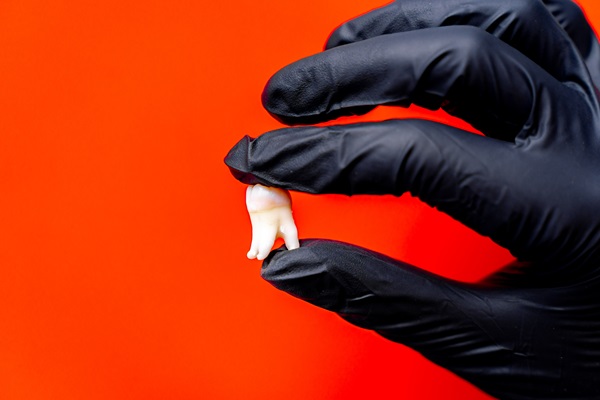4 Periodontal Treatments From Your Dentist

Gum disease is very serious, and without treatment it can become detrimental to one's overall health. There are a variety of treatment options that depend heavily on the severity of the infection. When experiencing any signs of gum disease, it can be helpful to review the following information in order to be prepared for what to expect from the treatment process.
Periodontal treatment for gum disease
Outlined below are four different gum disease treatment options that a general dentist may offer.
Deep dental cleaning
A deep dental cleaning is one of the most common periodontal treatment options used for gum disease. It is more intense than a routine dental cleaning with a hygienist. Instead of a simple teeth and gum line cleaning, the hygienist or dentist will go deeper beneath the gum pockets to ensure that plaque and tartar are removed. The removal of plaque and tartar can remove the infection and rid the mouth of the gum disease.
Scaling and root planing
Another periodontal treatment option for gum disease is scaling and root planing, which is another cleaning procedure performed by a general dentist. Scaling and root planing can cause some level of discomfort, as the gums are pulled back to reach the infection, so medication may be administered.
Scaling involves the removal of any plaque or tartar from above and below the gum line through a scraping method. Root planing tackles the gum disease differently by smoothing out rough areas of the roots of the tooth. These rough areas develop due to the infection reaching beneath the tooth and gums.
Oral rinses
A simpler but effective way to treat gum disease is through oral rinses that are often prescribed by a general dentist. When gum disease is in the beginning stages, the infection can usually be destroyed through oral rinses and improved oral hygiene. Oftentimes, the dentist may prescribe an oral rinse in conjunction with another periodontal treatment option, such as a dental deep cleaning. The rinse not only kills the infection but can also keep it away in the future.
Surgical procedures
When gum disease reaches severe stages, it can cause irreversible effects, such as receding or deteriorating gums. When this is the case, the general dentist may recommend a more severe periodontal treatment, such as surgery. A gingivectomy involves the removal of dead areas of the gums. Once the decayed areas have been removed, a gingivoplasty may be recommended to reshape or contour the gum lines.
Get started with gum disease treatment
Gum disease treatment varies depending on the individual's needs. In order to determine the appropriate course of treatment, it is necessary to undergo a consultation with a dentist. The consultation will include an examination to identify how serious the infection is. Then a treatment plan can be put in place, which will likely include one of the options listed above. Reach out today to learn more or to get started with a consultation.
Request an appointment here: https://www.trivalleyimplants.com or call Gregory K. Louie DDS, PC at (925) 659-1142 for an appointment in our Danville office.
Check out what others are saying about our dental services on Yelp: Gum Disease in Danville, CA.
Recent Posts
Periodontal gum disease treatment helps prevent the progression of gum disease, which protects your oral and overall health. Periodontal disease, commonly referred to as gum disease, affects the tissues supporting the teeth, potentially leading to tooth loss if left untreated. A peridontist's early diagnosis and treatment of this condition can significantly improve your long-term gum…
You should be as concerned about gum disease as you are tooth decay. This condition can affect your oral health and overall wellness. It is important to recognize the signs and symptoms of this disease so you can treat it properly. There are also risk factors that lead to the condition and ways you can…
Laser-assisted peri-implantitis procedure or LAPIP™ can treat the complications of dental implant surgery. Some patients experience inflammation, pain, and discoloration after this procedure. The orthodontist can provide this corrective treatment. Understanding this procedure can give you hope for a better implant experience. Here are the details about how LAPIP works in restoring your dental implant…
Laser dentistry became commercially available in 1989. Since then, it has grown significantly in popularity and is now the preferred form of treatment for millions of patients across the United States and worldwide. Dental lasers are used to treat a range of oral health concerns, including cavities, gum disease, and oral infections. Here, we focus…


